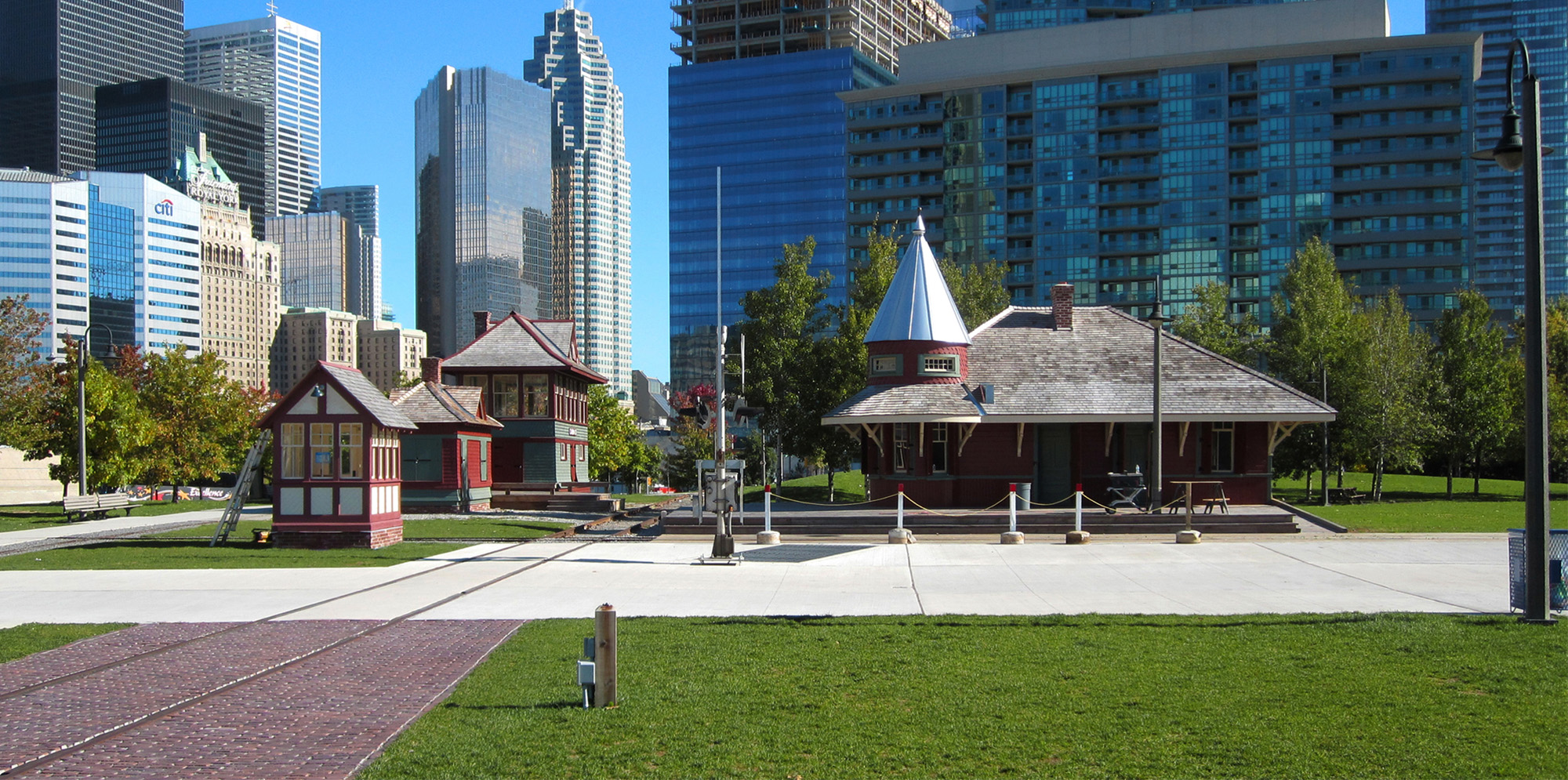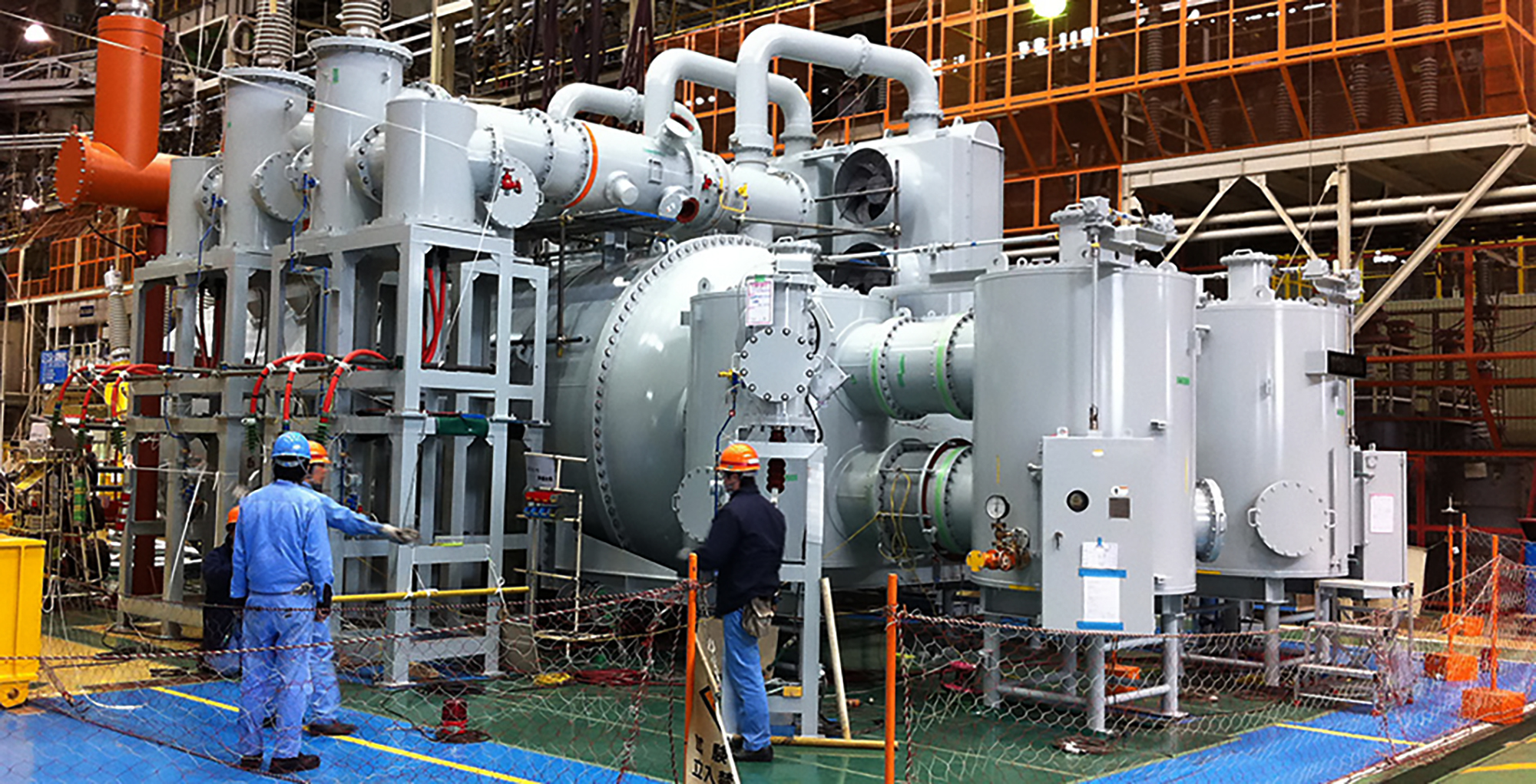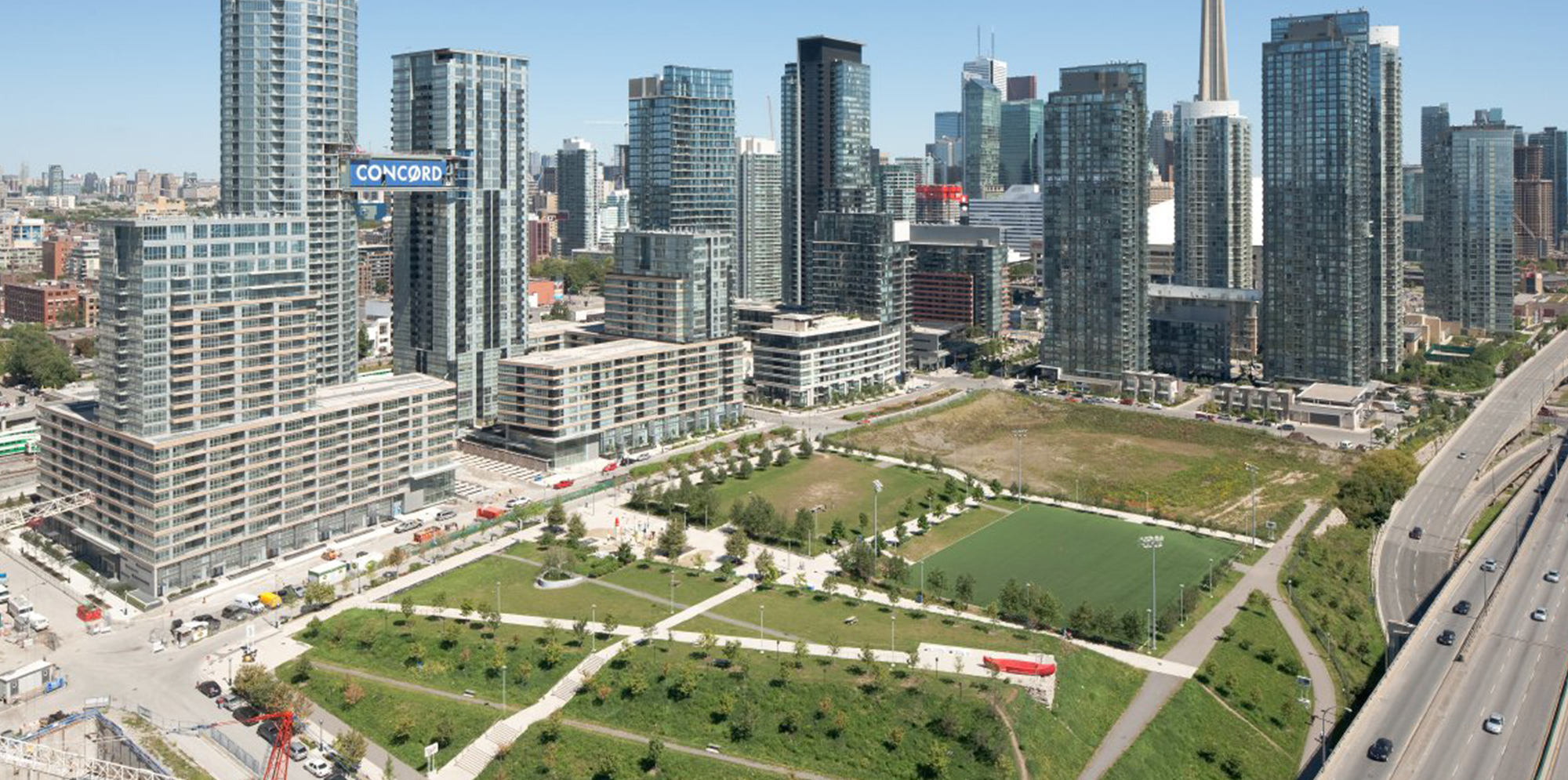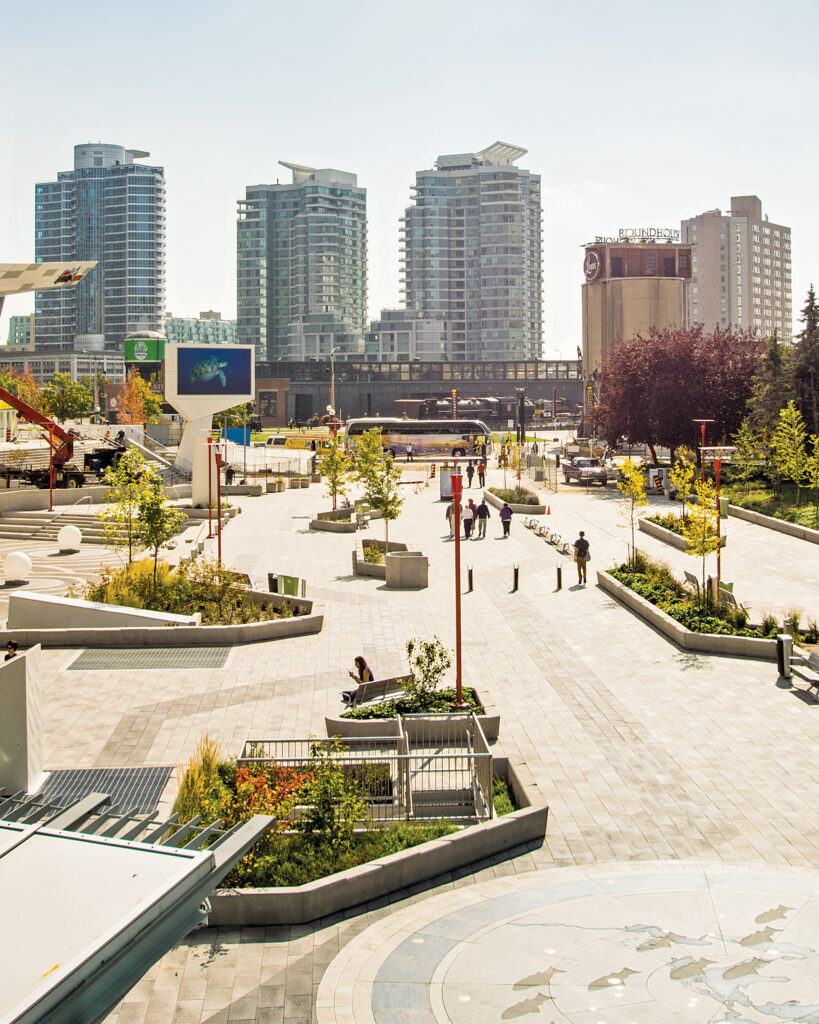Toronto Railway Lands
IBI Group has been instrumental in the redevelopment of the Toronto Railway Lands, which occupy approximately 80 hectares (about 200 acres) of land between the financial core of Toronto and its waterfront.
Client
Concord Adex Developments Corp.; Pinnacle International; Lanterra Developments; Cadillac Fairview; Maple Leaf Sports & Entertainment; GWL Realty Advisors; bcIMC Investment Management Corporation; Context Development Inc.; Toronto Community HousingLocation
Toronto, ON
809, 371 sq m
Size
Ongoing
Status



Living+
By blending data and design, we're fostering smarter, more connected residential environments.
Mobility+
A new mobile ecosystem is changing the way we interact with and move throughout our cities.
Project Leaders
Visit Trevor McIntyre's ProfileVisit Mansoor Kazerouni's ProfileVisit Audrey Jacob's ProfileVisit Ron Stewart's ProfileVisit Kevin Bebenek's Profile
Trevor McIntyre
Global Director | Placemaking
Toronto, ON
Mansoor Kazerouni
Global Director | Buildings
Toronto, ON
Audrey Jacob
Chief Operations Director & Chief Diversity Officer
Toronto, ON
Ron Stewart
Strategic Planning Consultant
Toronto, ON
Kevin Bebenek
Global Director | Intelligence
Toronto, ON




